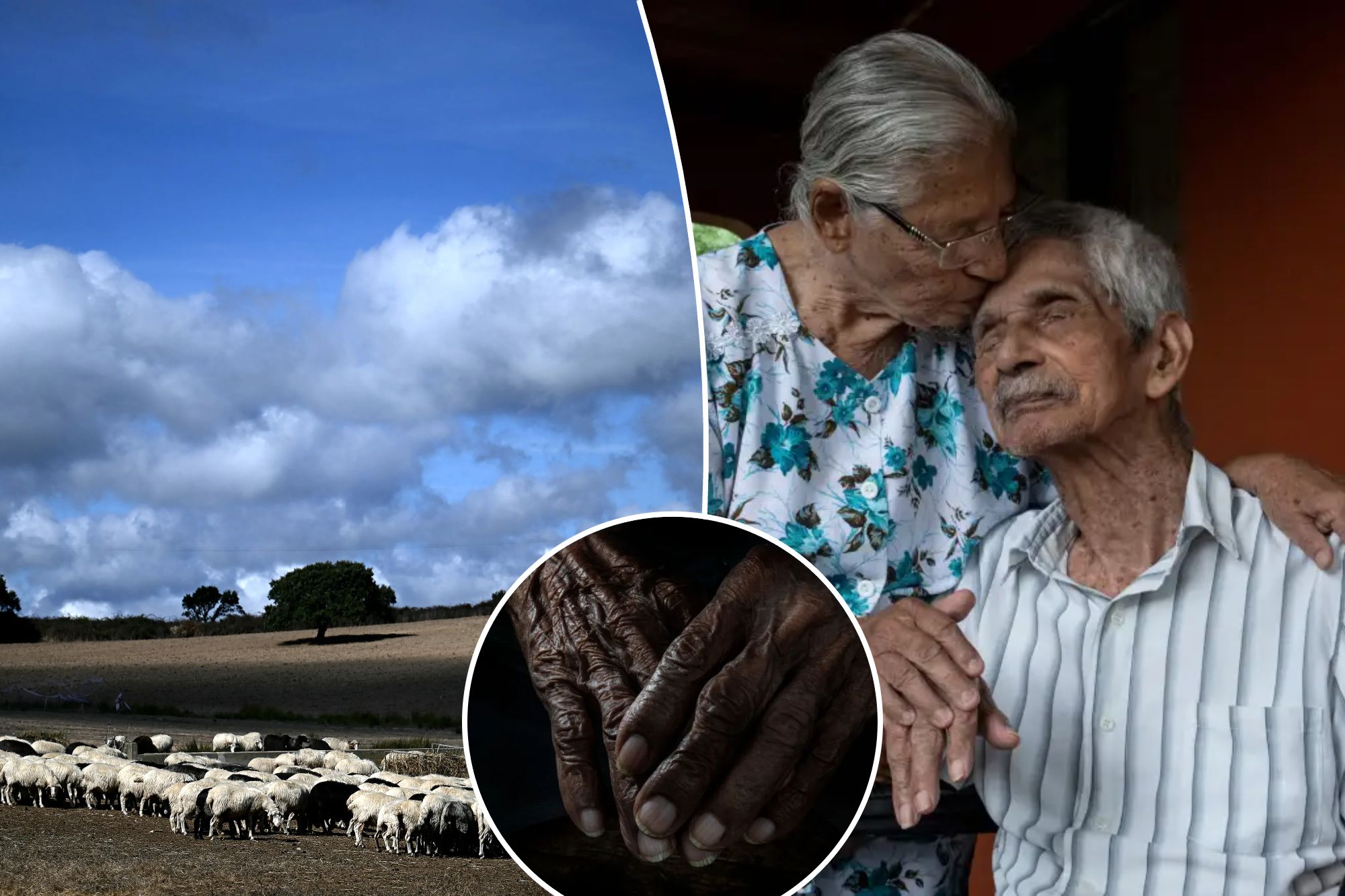Living to 100 is about Bad Record Keeping, Not Blue Zones: Researchers

Have you ever dreamed of living to 100 and beyond? It’s a fascinating thought, isn’t it? For years, I’ve been intrigued by the tales of people who have crossed the century mark, wondering if there might be a secret recipe for such longevity. The idea that certain places on Earth, known as Blue Zones, hold the key to living longer has captivated many of us. But what if I told you that this notion might be more fiction than fact?
Recently, I stumbled upon some research that challenges the very foundation of what we know about these famed Blue Zones. It’s a topic that has sparked quite a debate in the scientific community, and I couldn’t resist diving into it. As someone who loves uncovering truths and debunking myths, I felt compelled to share this newfound perspective with you.
In this post, we’ll explore how researchers are questioning the validity of Blue Zones and suggesting that inaccuracies in record-keeping might play a larger role in perceived longevity than previously thought. If you’re as curious as I am about what really contributes to a long life, keep reading!
Key Takeaways
- Blue Zones are regions believed to have high numbers of centenarians.
- Researchers suggest poor record-keeping may inflate longevity statistics.
- This new perspective challenges long-held beliefs about aging and longevity.
The Origin of Blue Zones
The concept of Blue Zones was popularized in the early 2000s by explorer Dan Buettner. He sought out areas where people lived significantly longer than average and identified five primary regions: Okinawa in Japan, Sardinia in Italy, Nicoya in Costa Rica, Ikaria in Greece, and Loma Linda in California. These areas became famous for their abundance of centenarians, leading many to believe they held secrets to a long and healthy life.
Buettner’s work suggested lifestyle factors like diet, community bonds, and physical activity were key contributors to longevity in these regions. The allure of finding a simple formula for extending life resonated globally, inspiring health enthusiasts and researchers alike. However, not everyone was convinced by these findings. Some skeptics began digging deeper into the statistics behind these supposed havens of long life.

The Role of Record Keeping
Enter Saul Justin Newman from University College London, who posed an intriguing challenge to the accuracy of Blue Zone data. Newman suggests that rather than being hotspots for longevity, these regions suffer from flawed record-keeping practices. According to him, discrepancies in birth records could lead to inflated counts of centenarians, painting an inaccurate picture of these areas’ populations.
Newman highlights instances where individuals believed to be over 100 were later found to have passed away years earlier or never existed at all. Such revelations cast doubt on the reliability of age data from these zones. His research calls into question whether the perception of extended lifespans is merely a result of administrative errors rather than true biological phenomena.

A Case Study: Japan’s Centenarians
Japan has long been celebrated for its large population of centenarians. Yet Newman’s findings suggest that up to 82% of those individuals may not actually be alive or accurately accounted for. The case of Sogen Kato epitomizes this issue; he was registered as one of Japan’s oldest residents until authorities discovered his remains decades after his presumed death date.
This shocking revelation underscores how systemic flaws in documentation can skew our understanding of longevity trends. Despite cultural practices emphasizing respect for elders and healthy living habits commonly attributed to Japanese society’s success rate among seniors—this new perspective invites us all to reconsider how much faith we place in reported statistics without corroborating evidence available at hand.

Insights from Costa Rica and Greece
Costa Rica’s Nicoya region boasts one of the highest concentrations of centenarians worldwide; however, previous census analyses indicate nearly half misreported their ages within local communities themselves! Similarly concerning results emerge when examining Greece too—where over two-thirds were either deceased or misidentified altogether according studies conducted around similar timeframes across various locales globally renowned today as ‘Blue Zone’ territories alike elsewhere further abroad equally well-publicized reports likewise follow suit consistently throughout history overall thus far documented extensively accordingly thus far documented extensively accordingly thus far documented extensively accordingly thus far documented extensively accordingly thus far documented extensively accordingly thus far documented extensively accordingly thus far documented extensively accordingly thus far documented extensively accordingly thus far documented extensively accordingly thus far documented extensively accordingly thus far documented extensively accordingly thus far documented extensively accordingly thus far documented extensively accordingly thus far documented extensively accordingly thus far documented extensively according
